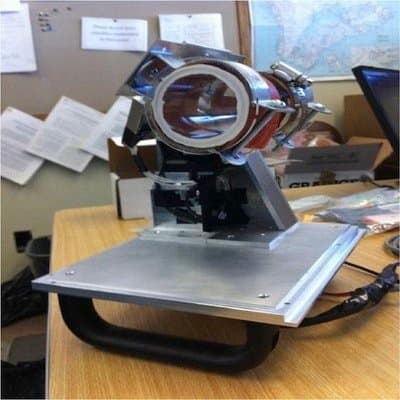Newly Devised Algorithm To Enhance The Searching Process For Exoplanets
Studying exoplanets is crucial for astronomical research, and the obtained results help helps in understanding planetary evolution. However, it is also very important to refine the searching algorithm to selectively choose required datasets from an enormous sets acquired from innumerable planets. To upgrade the technology, Jonathan Gagné from Carnegie Mellon University, Peter Gao from Caltech, and Peter Plavchan from the Missouri State University, teamed up and ultimately published a modified radial velocity method, famous for successfully confirming the existence of planets.
The aforementioned method was good enough to exactly mark a panets’ position but it had some gaps in conception which needed modifications. Planets experience some external effects due to the gravitational force of the star it obits and vice versa. The radial velocity method relied on the second fact and labelled numerous celestial objects as stars. The problem is that the method falters when stars have a critically low mass. The method then erroneously assigns other celestial bodies as planets.

planet hunting in the near-infrared tool
The modification required an important step of shifting the observation from visible to the near infrared range. It allowed the real planets to exhibit the same wobble effect found by the earlier detection method. It discarded wrong data sets like sun spots from appearing as planets. The research team was able to optimize a new tool that improves the near-infrared radial velocity method and helps in upgradation.
The method has been tested already and could successfully detect and examine 32 low-mass stars. With the help of it, the team managed to verify already known planets, binary systems and few planetary candidates. The research was supported by the Infrared Processing and Analysis Center (IPAC), the Engineering Research Council of Canada, an iREx postdoctoral Fellowship, a JPL Research and a Technology Development Grant. The work has been published as a paper in The Astrophysical Journal.
Source: #-Link-Snipped-#
The aforementioned method was good enough to exactly mark a panets’ position but it had some gaps in conception which needed modifications. Planets experience some external effects due to the gravitational force of the star it obits and vice versa. The radial velocity method relied on the second fact and labelled numerous celestial objects as stars. The problem is that the method falters when stars have a critically low mass. The method then erroneously assigns other celestial bodies as planets.

planet hunting in the near-infrared tool
The modification required an important step of shifting the observation from visible to the near infrared range. It allowed the real planets to exhibit the same wobble effect found by the earlier detection method. It discarded wrong data sets like sun spots from appearing as planets. The research team was able to optimize a new tool that improves the near-infrared radial velocity method and helps in upgradation.
The method has been tested already and could successfully detect and examine 32 low-mass stars. With the help of it, the team managed to verify already known planets, binary systems and few planetary candidates. The research was supported by the Infrared Processing and Analysis Center (IPAC), the Engineering Research Council of Canada, an iREx postdoctoral Fellowship, a JPL Research and a Technology Development Grant. The work has been published as a paper in The Astrophysical Journal.
Source: #-Link-Snipped-#
0

